- عنوان مجله: Brownings Audiology for Clinicians, 3e
- نویسنده: George G Browning
- حوزه: شنوایی سنجی
- سال انتشار: 2025
- تعداد صفحه: 193
- زبان اصلی: انگلیسی
- نوع فایل: pdf
- حجم فایل: 6.16 مگابایت
در اواسط دهه ۱۹۷۰، جراحی گوش با کمک میکروسکوپ و مته در حال تکامل بود. شنواییسنجی در ارزیابی شنوایی جایگزین تستهای دیاپازون میشد. آقای سندی دویگ، متخصص گوش و حلق و بینی در بیمارستان سلطنتی گلاسکو، از حامیان قوی این پیشرفتها بود و در تأسیس بخش اسکاتلندی مؤسسه تازه تأسیس تحقیقات شنوایی MRC در گلاسکو نقش مهمی داشت. پروفسور استوارت گیتهاوس به عنوان دانشمند مسئول، به همراه من، به عنوان متخصص گوش و حلق و بینی منصوب شد. ما در طراحی مطالعه ملی شنوایی بریتانیا کمک کردیم، نتایج جراحی خود را به صورت آیندهنگر ثبت کردیم و تعدادی از کارآزماییهای بالینی تصادفی را تکمیل کردیم. آقای ایان سوان بعداً به عنوان متخصص گوش و حلق و بینی دوم به تیم پیوست و به گسترش دامنه ارزیابی بالینی و توسعه معیارهای پیامد کمک کرد.
در دهه ۱۹۸۰، متوجه شدیم که کتابهای درسی عالی زیادی در مورد بیماریهای گوش وجود دارد، اما هیچکدام به عنوان راهنما برای پزشکان شاغل که اکثر آنها عمومی هستند، نوشته نشدهاند. این منجر به چاپ اول کتاب گوش و حلق و بینی بالینی در سال ۱۹۸۶ شد. این کتاب محبوب بود و در دورههای سالانه با همین عنوان و در دوره تشریح استخوان گیجگاهی گلاسکو که دو بار در سال برگزار میشد، در دسترس قرار میگرفت.
تا سال ۱۹۹۸، یافتن نسخههایی از نسخه اول دشوار بود. از این رو، نسخه دوم بهروز شدهای منتشر شد که دامنه آن گسترش یافته و شامل مشکلات شنوایی در نوزادان و کودکان نیز میشد. علاوه بر این، پیشرفتهای قابل توجهی در تشخیص رادیولوژیکی شوانوم دهلیزی، که تا آن زمان عمدتاً یک فعالیت شنواییسنجی بود، حاصل شده بود. کاشت حلزون، هم در کودکان و هم در بزرگسالان، و همچنین سمعکهای متصل به استخوان، در حال توسعه بود.
در آن زمان، دانشکده شنواییشناسی اسکاتلند تحت نظارت ما به بیمارستان سلطنتی گلاسکو منتقل شده بود. نقش شنواییشناس از تشخیص صرف به نقش بسیار گستردهتری در مدیریت بالینی، از جمله جنبههای اجتماعی، روانی و علائم مبتنی بر کمشنوایی و وزوز گوش، در حال تغییر بود. ناگزیر، در اوایل قرن بیست و یکم، نسخه دوم نیز به فروش رسید و در دورههایی که در بریتانیا، آفریقای جنوبی و جاهای دیگر ادامه داشت، باید نسخههای کپی ارائه میشد.
از سال ۱۹۹۸، تغییرات قابل توجهی در قابلیتهای پردازش صدای سمعکهای دیجیتال ایجاد شده است. ارائه تجاری آنها، خارج از سیستم سلامت با بودجه عمومی، به ویژه برای افراد مبتلا به کمشنوایی مرتبط با سن، به طور قابل توجهی گسترش یافته است. اکنون رویکرد تیمی چند رشتهایتری برای افراد دارای مشکلات شنوایی وجود دارد. از این رو، خوانندگان بالقوه نسخه سوم به طور قابل توجهی از کارآموزان گوش و حلق و بینی به تیمی بسیار گستردهتر از جمله متخصصان شنوایی، دانشمندان شنواییشناسی، پزشکان شنواییشناسی، ارائه دهندگان سمعک خصوصی و گفتاردرمانگران گسترش یافته است. عنوان نسخه سوم، شنواییشناسی براونینگ برای پزشکان، برای سال ۲۰۲۵ مناسبتر است.
این کتاب درسی جامع شنواییشناسی یا جراحی گوش نیست و هرگز قرار نبوده باشد. جراحانی که میخواهند بدانند چگونه عمل استاپدکتومی را انجام دهند، باید به جای دیگری نگاه کنند، همانطور که شنواییشناسانی که به تجویز سمعک علاقهمند هستند، باید به جای دیگری نگاه کنند. این کتاب به عنوان یک راهنمای عملی برای تفسیر آزمونهای شنواییسنجی، در کنار ارزیابی بالینی، به منظور تصمیمگیریهای صحیح و مبتنی بر شواهد در مدیریت بالینی بیماران در نظر گرفته شده است.
In the mid-1970s, ear surgery was evolving aided by the microscope and the drill. Audiometry was replacing tuning fork tests in hearing assessment. Mr Sandy Doig, an otologist at Glasgow Royal Infirmary, was a strong supporter of these developments and was instrumental in establishing the Scottish Section of the newly created MRC Institute of Hearing Research in Glasgow. Professor Stuart Gatehouse was appointed Scientist in Charge, with me, as an otologist. We helped design the UK National Study of Hearing, prospectively recorded our surgical outcomes and completed a number of randomised clinical trials. Mr Iain Swan later joined the team as a second otologist, helping expand the scope of clinical assessment and the development of outcome measures.
In the 1980s, we realised that there were many excellent textbooks covering ear diseases, but none were written as guides to practising clinicians, the majority of whom are generalists. This led to the first edition in 1986 of Clinical Otology and Audiology. This book was popular and was made available at the annual courses of the same title, and at the twice-yearly Glasgow Temporal Bone Dissection Course.
By 1998, copies of the first edition were difficult to find. Hence, an updated second edition was published whose scope was expanded to include hearing problems in infants and children. In addition, considerable advances had been made in the radiological diagnosis of vestibular schwannoma, which up till then had been a mostly audiometric pursuit. Cochlear implantation was being developed, both in children and adults, as were bone-anchored hearing aids.
At that time, the Scottish School of Audiology had moved to Glasgow Royal Infirmary under our direction. The role of the audiologist was changing from being one of diagnosis alone to a much wider role in clinical management including the social, psychological and symptom-based aspects of hearing loss and tinnitus.
Inevitably, in the early twenty-first century, the second edition also sold out and photocopies had to be provided at the courses which had continued in the UK, South Africa and elsewhere.
Since 1998, there have been considerable changes in the sound processing capabilities of digital hearing aids. Their provision commercially, outside the publicly funded health system, has expanded considerably especially to those with age-related hearing loss. There is now a more multi-disciplinary team approach to those with hearing problems. Hence, the potential readership of the third edition has expanded considerably from otolaryngology trainees to a much broader team including audiologists, audiological scientists, audiological physicians, private hearing aid providers and speech and language therapists. The third edition’s title, Browning’s Audiology for Clinicians, is more appropriate in 2025.
This is not, and was never intended to be, a comprehensive textbook of audiology or of otological surgery. Surgeons who want to know how to do a stapedectomy procedure should look elsewhere, as should audiologists interested in the prescription of hearing aids. This book is intended as a practical guide to interpreting audiometric tests, alongside the clinical assessment, in order to make sound, evidence-based decisions in the clinical management of patients.
این کتاب را میتوانید از لینک زیر بصورت رایگان دانلود کنید:
Download: Brownings Audiology for Clinicians, 3e
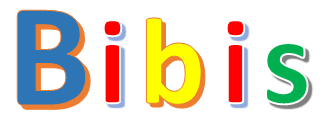



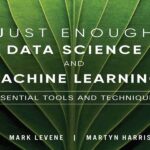
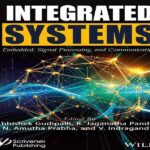



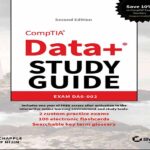
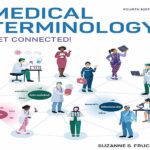
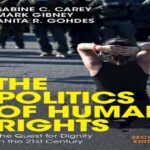

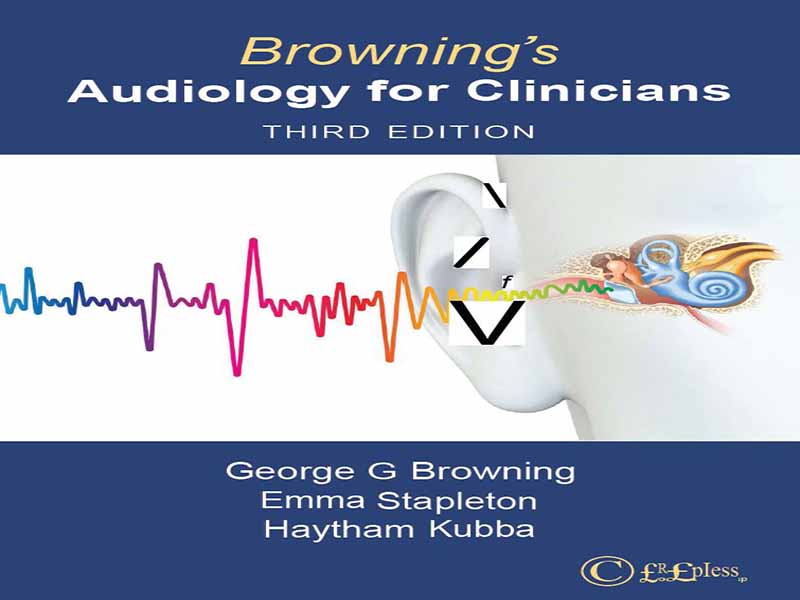
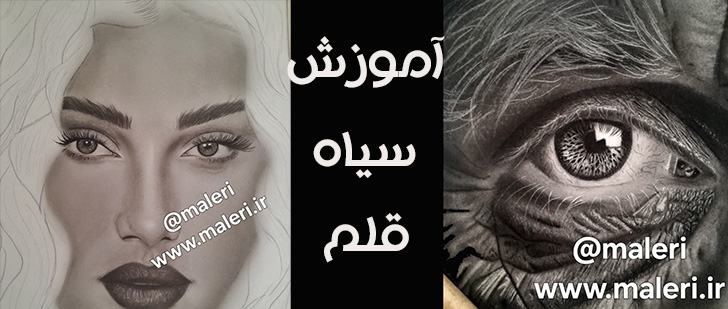






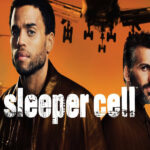









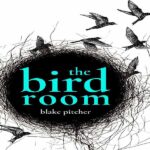


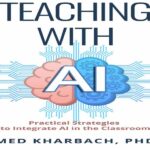
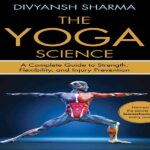
نظرات کاربران